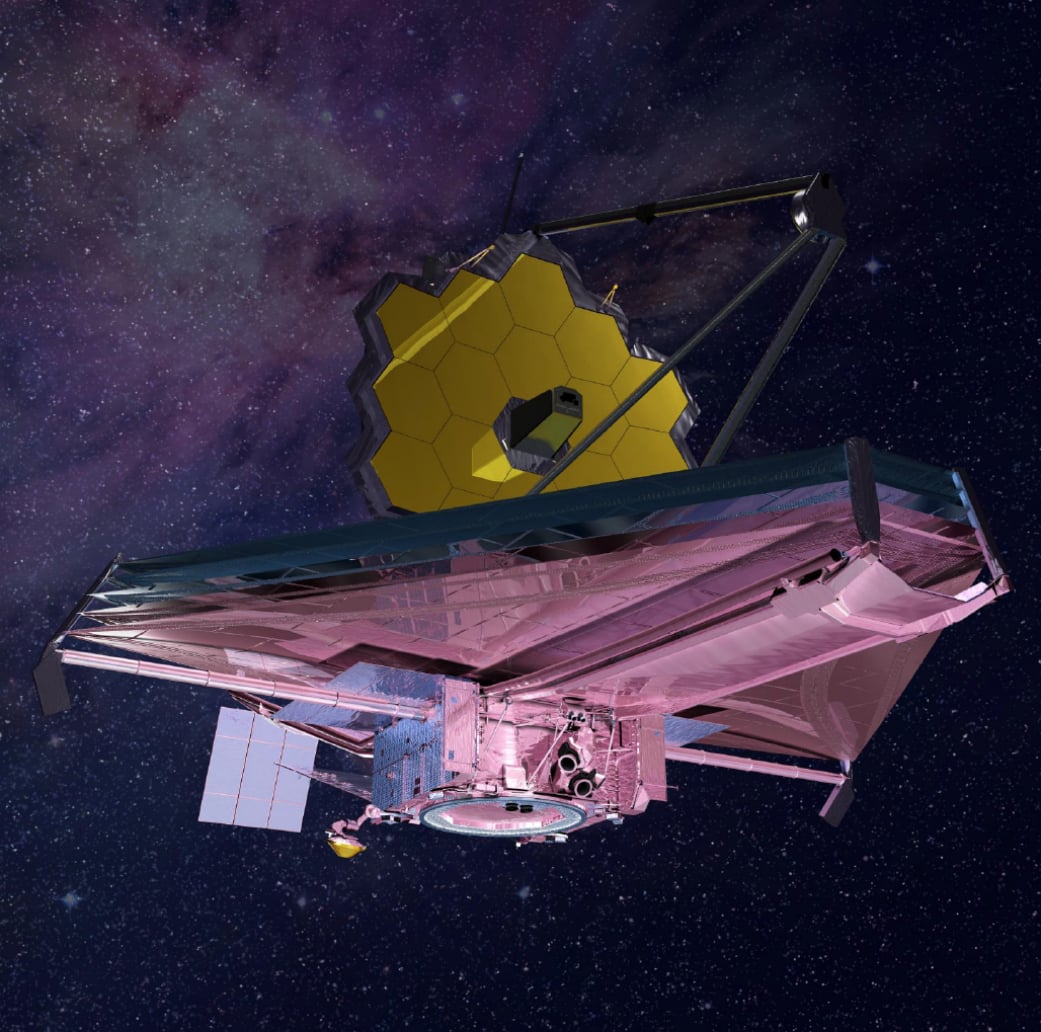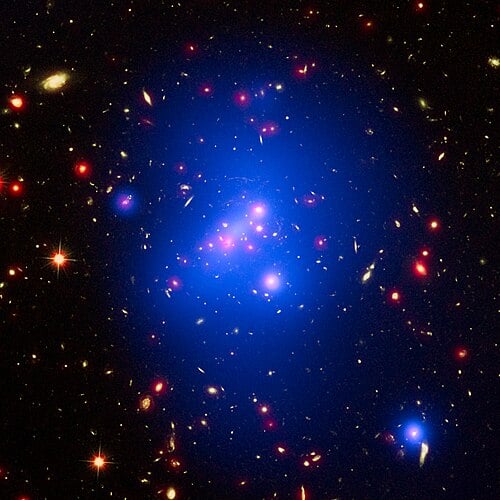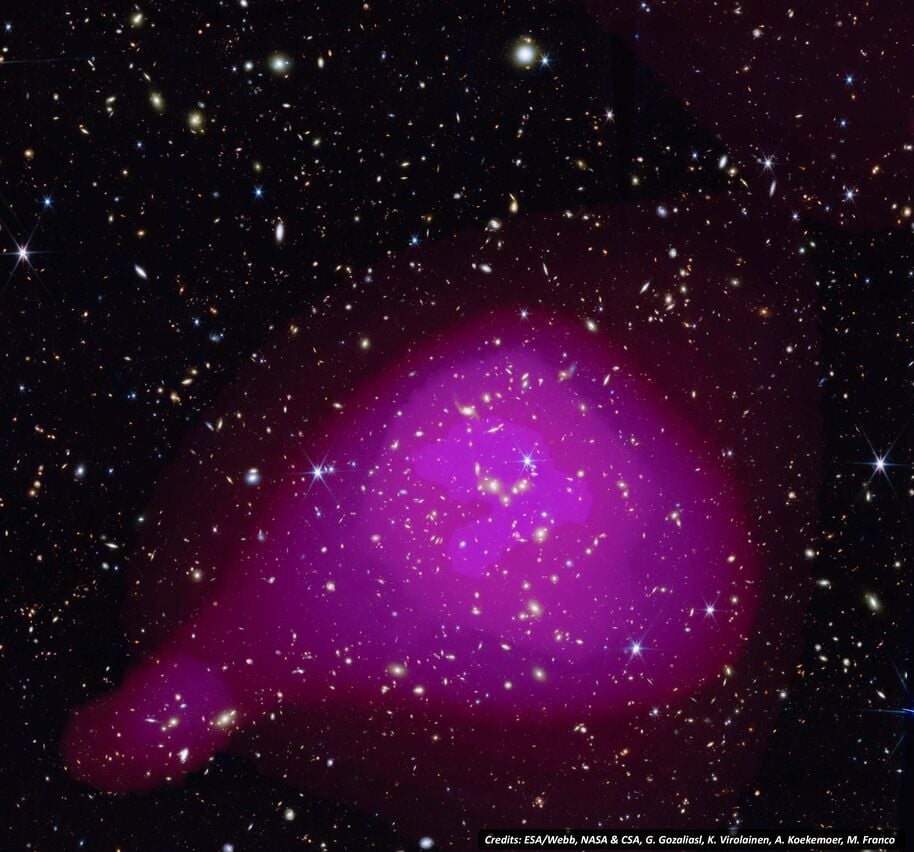The James Webb Space Telescope (JWST) began operating in 2022 and orbits 1.5 million kilometres from Earth, observing infrared light from ancient galaxies. As one of Webb's primary objectives, it captures how galaxies are formed and how they evolve over billions of years. Its unprecedented sensitivity allows astronomers to study galactic structure, star formation, and black holes, creating a timeline of how galaxies evolved from the universe's first luminous objects. Artist impression of the James Webb Space Telescope (Credit : NASA)
Artist impression of the James Webb Space Telescope (Credit : NASA)
A team of international astronomers using the James Webb Space Telescope have cataloged an unprecedented 1,700 galaxy groups in the COSMOS Web region (an area of sky covering 0.6 square degrees) marking a breakthrough in extragalactic astronomy. These observations capture cosmic evolution from when the universe was between one and twelve billion years old. This extensive collection, soon to be published in Astronomy and Astrophysics, offers vital insights into galaxy formation and cosmic structure.
'We're able to actually observe some of the first galaxies formed in the universe,' says Ghassem Gozaliasl of Aalto University, and head of the galaxy groups detection team who led the study.
Galaxy groups and clusters represent dense cosmic environments that will contain dark matter, hot gas, and massive galaxies with supermassive black holes, where complex interactions shape galactic evolution. Rather than being evenly distributed throughout the universe, galaxies form a "cosmic web" of interconnected clusters, filaments, and walls. Most galaxies, including our Milky Way (part of the Local Group with Andromeda and smaller galaxies), exist in groups of three to dozens of members or in larger clusters containing hundreds or thousands of galaxies. By studying these structures' complete history, it's easier to understand how their evolutionary processes have influenced both individual galaxies and the universe's largest structures.
 Galaxy cluster IDCS J1426 is located 10 billion light-years from Earth and has the mass of almost 500 trillion suns (Credit : ESA/Hubble)
Galaxy cluster IDCS J1426 is located 10 billion light-years from Earth and has the mass of almost 500 trillion suns (Credit : ESA/Hubble)
This extensive catalog spanning 11 billion years of cosmic history allows scientists to compare ancient galaxy structures with more recent ones, revealing evolutionary patterns in galaxy groups and their brightest central galaxies. The observations show a dramatic transformation: distant galaxies from the early universe appear irregular with active star formation, while those closer to our time have "quenched" star formation and developed more organised elliptical or spiral structures.
This groundbreaking JWST survey marks the beginning of a new era in understanding galactic evolution. With 1,700 galaxy groups identified across nearly the entire history of our universe, astronomers now have an unprecedented roadmap for further investigation. Future studies will explore the physics driving these transformations—from dark matter's role in structural formation to how supermassive black holes influence their host galaxies. As researchers analyze this rich data, we can expect significant revisions to existing theories about galaxy formation and evolution.
Source :Astronomers observe largest ever sample of galaxies up to over 12 billion light years away
 Universe Today
Universe Today
